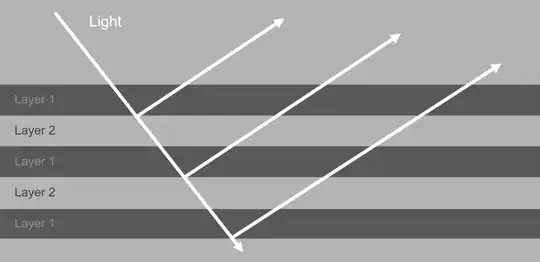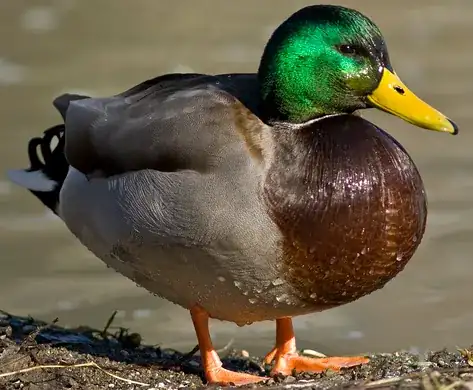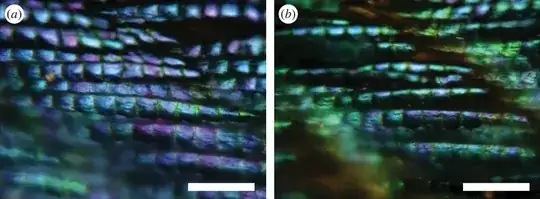We all know and adore pure beauty of mallard male:
I know that such iridescent colours are usually a result of feathers forming a photonic crystal with layers of air sandwiched between layers of feathers. However as I know (e.g. from observing a layer of gasoline spilled on water), wavelength of the reflected light depends on the angle of the incidence:

(The lightwave reflected is a result of constructive interference of waves reflected by each interface. If the angle changes there are different optical paths for reflected waves and different wavelength will be stronger).
So why is duck's head only green and dark green/black? Why aren't there more colours to see, depending on the angle?


